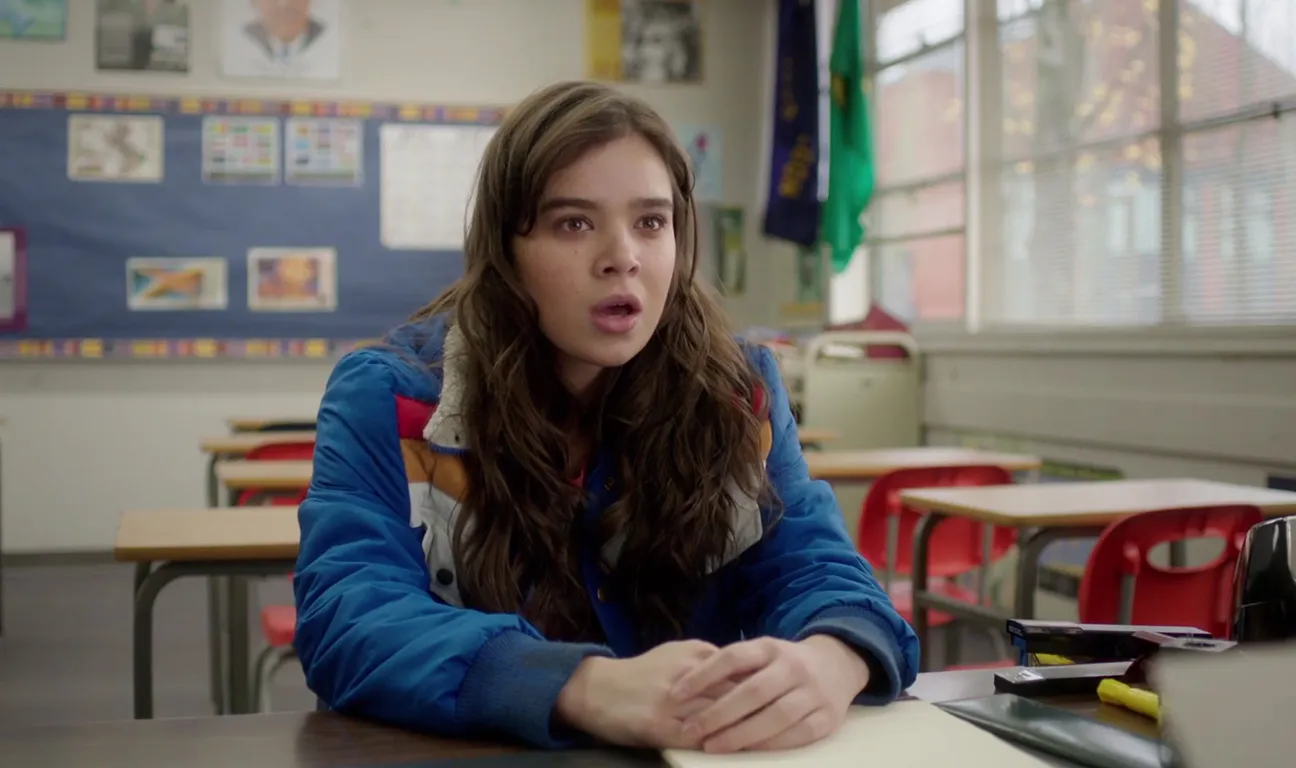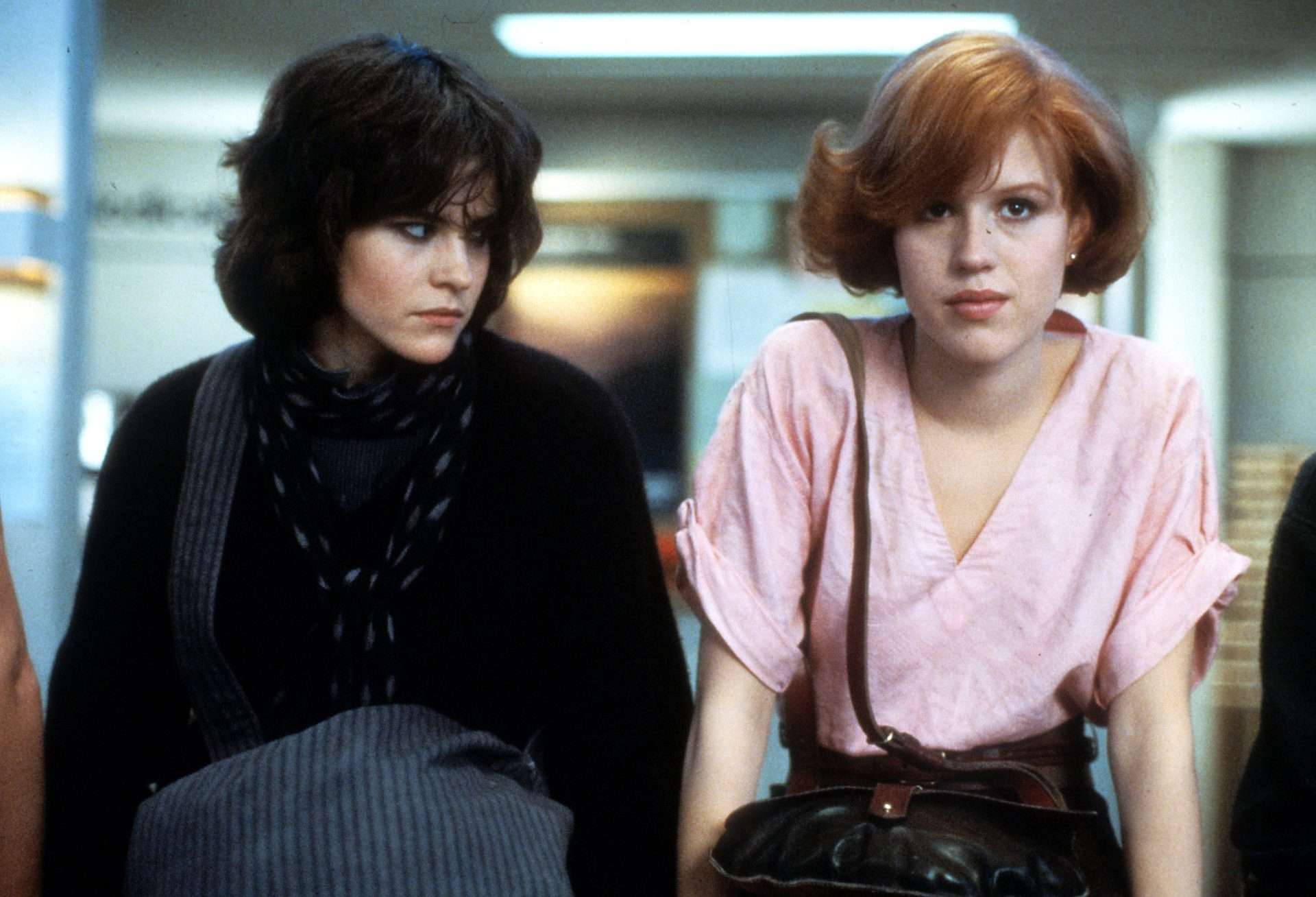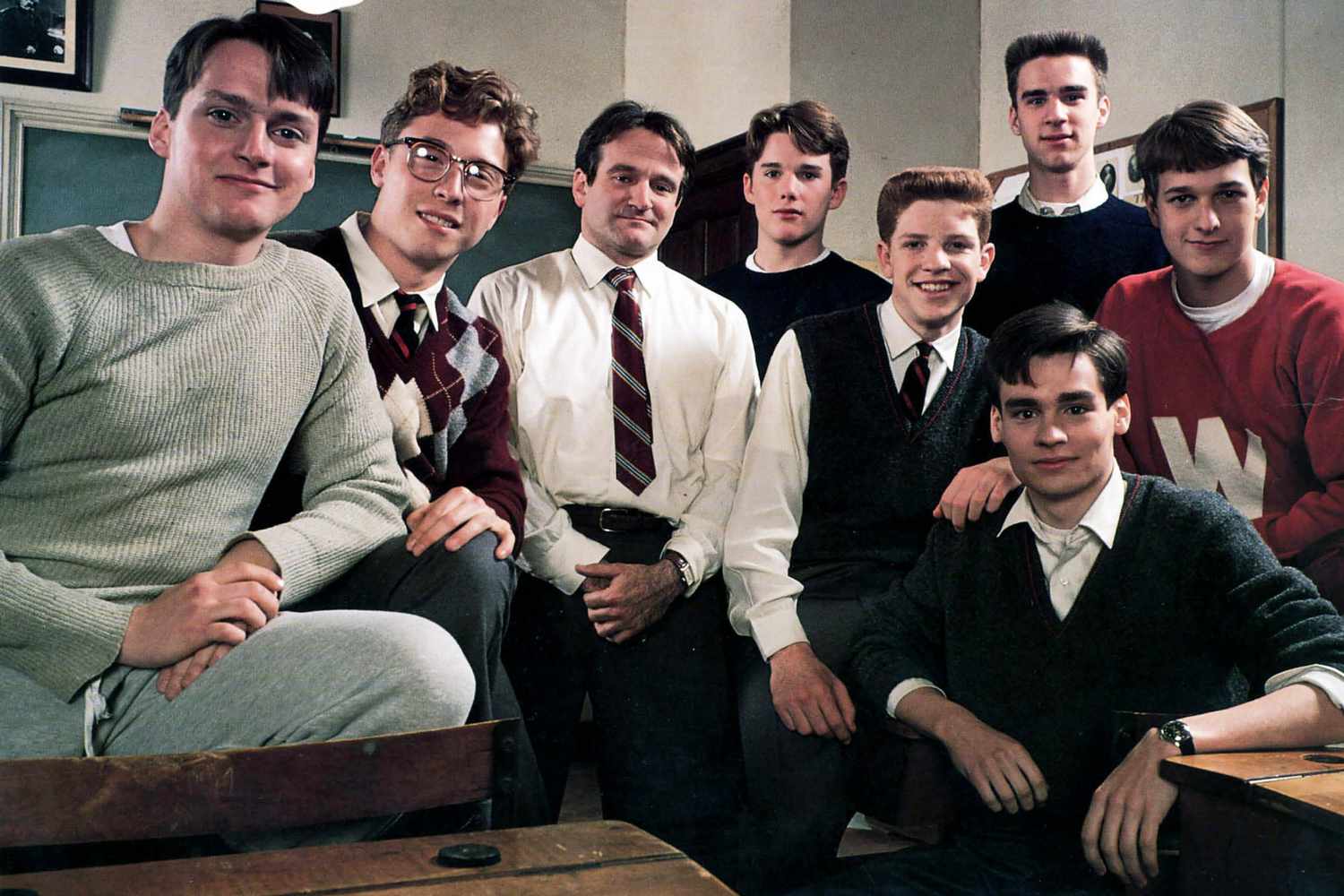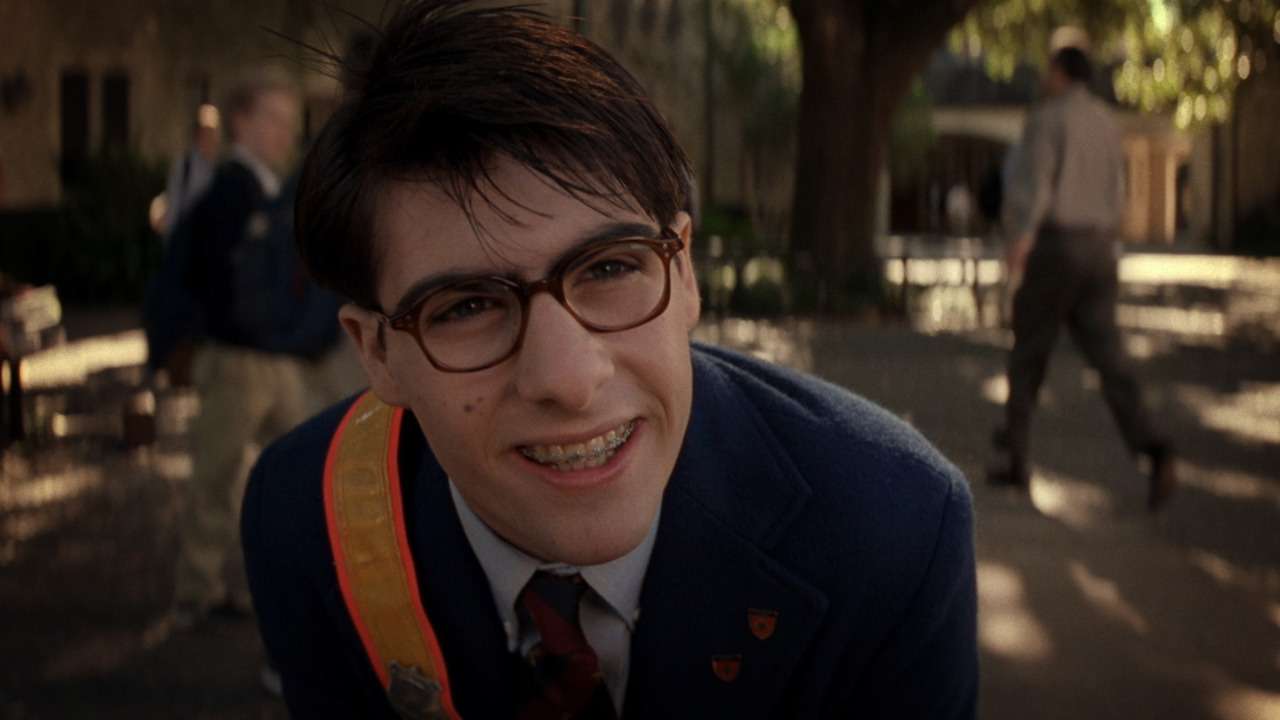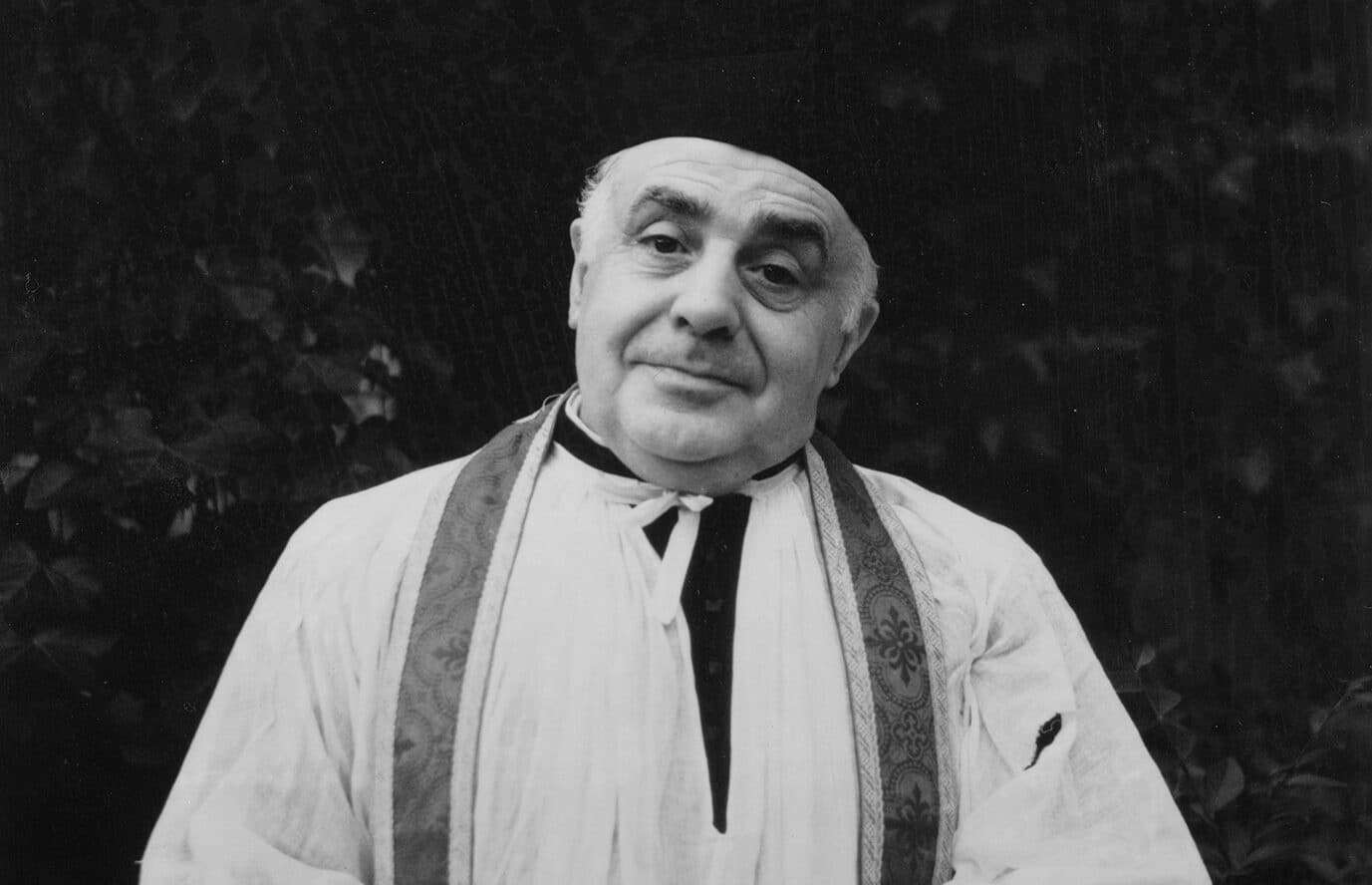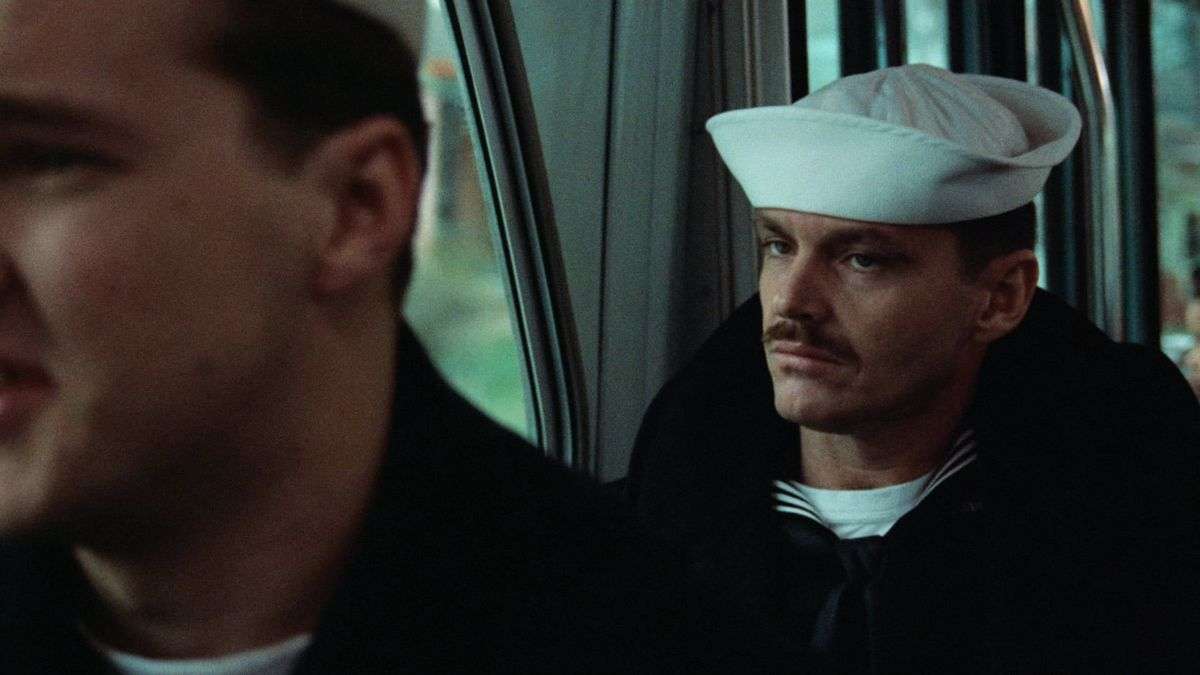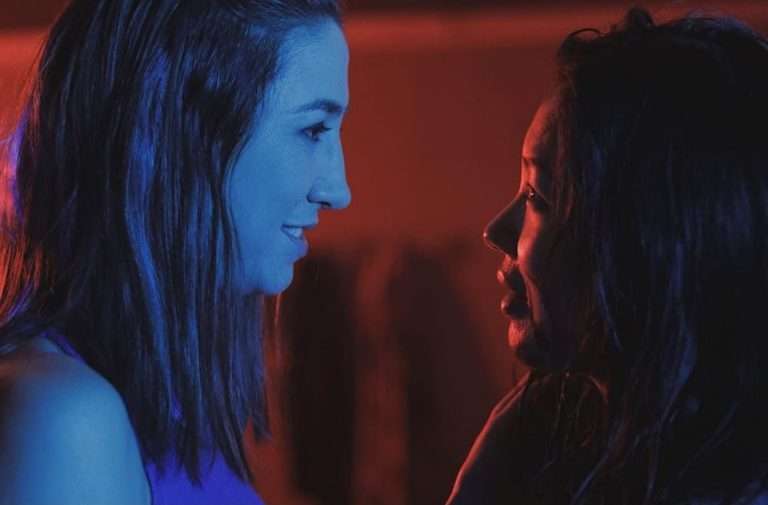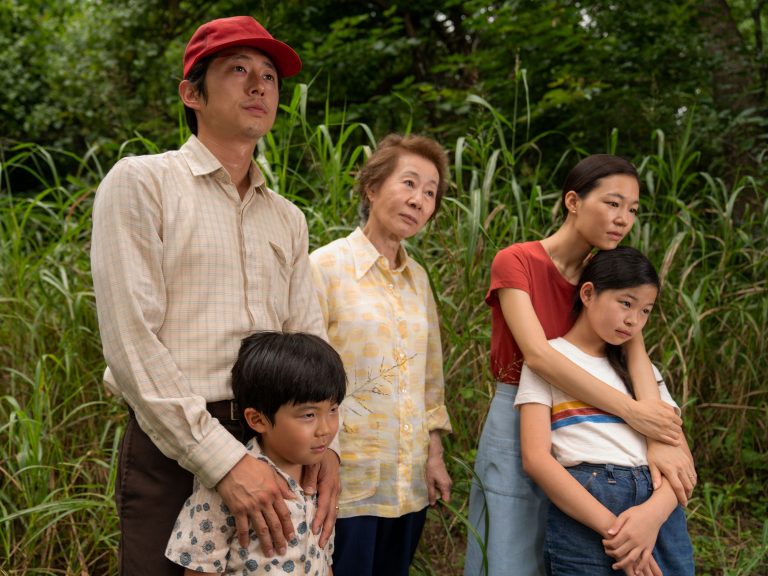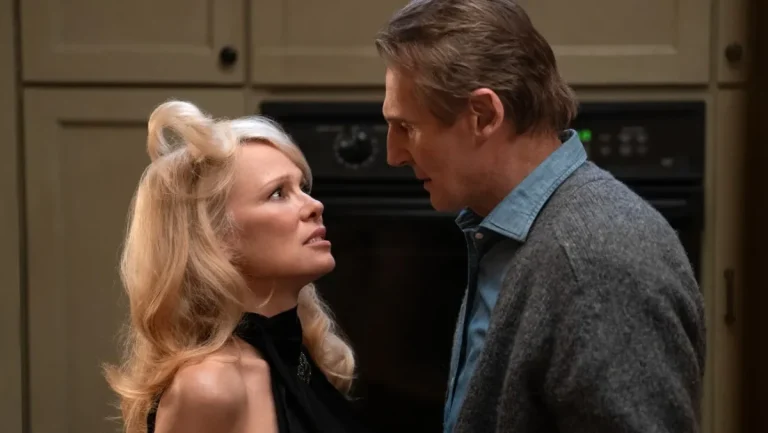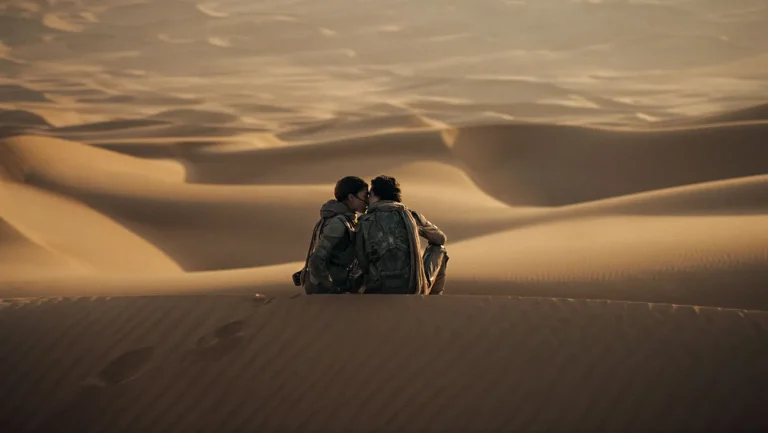Alexander Payne’s “The Holdovers” is one unique film. It is not just a film inspired by the films of the 1970s, but it is a film dedicated to recreating the look and feel as well as the dramatic stakes that had been part and parcel of 1970s Hollywood films. The films, which “The Holdovers” is clearly inspired, constituted a part of the 90s indie film movement and are now currently relegated to content for streaming, or in VOD, or like “The Holdovers” become movies for awards contention. But clearly writer-director Alexander Payne wanted to make a simple, but no less effective movie with a potent emotional hook.
At a time when the big tentpoles and well-known IPs are made for the “theatrical experience” and falling flat on their places, movies like “Oppenheimer,” “Barbie,” and now “The Holdovers” represent a cultural shift in the movie-watching landscape. It is marking a slow return of different dramatic genres to the big as well as the small screen. The critical as well as audience acclaim of “The Holdovers” is ample proof of that.
With that in mind, while some movies could be traced to having similar tonalities and themes in the modern era of filmmaking, most of the movies in this list belong to the older era. While there might not be a completely similar movie (except one) to The Holdovers, there are multiple themes in “The Holdovers” that are explored in various movies.
7. The Edge of Seventeen (2016)
Kelly Fremon Craig’s “The Edge of Seventeen” follows Nadine Franklin (Hailee Steinfeld), who has tempestuous relationships with her older brother, Darian, and her mother, Nora. Her only company in these “troublesome” times is her best friend, Krista, until Krista starts dating Darian, leaving Nadine feeling insecure and adrift. Kelly Fremon Craig, like Alexander Payne and John Hughes, has a knack for dialogue and for understanding the current generation’s angst and fears of being left alone.
Like “The Holdovers,” one of the chief attractions of this film is the hilarious relationship Nadine has with her high school teacher Max Bruner (played by an excellently world-weary Woody Harrelson), who becomes her reluctant advisor and sounding board. Adolescence is rarely explored with such nuance and deftness as it is done here and in “The Holdovers” with the character of Angus.
6. The Breakfast Club (1985)
“The Breakfast Club” follows the story of five students in a high school who are forced to serve detention for seven hours over the weekend. Locked in a library within a mostly empty school, the students with all of their differing archetypal personalities clash and have a battle of words until they start to realize that they have more in common than they could have realized.
John Hughes had an uncanny knack for voicing the frustrations of the youth during that era, at a time when the opinions of that generation weren’t being represented much. Even though the flaws of Hughes’ writing, especially his blind spots regarding humor and his female characters, are somewhat glaring, he manages to hone in on the fundamental similarities faced by most generations: reckoning with the personalities of their parents and their fear of being unable to distinguish themselves from their parents. Like “The Holdovers,” “The Breakfast Club” shows the formation of a unique familial unit born out of being stuck in untenable circumstances and finding commonality and a method to trust one another.
5. Dead Poets Society (1989)
Peter Weir’s 1989 coming-of-age drama follows a group of students at the elite boarding school Welton Academy and their new English teacher, Professor Keating (Robin Williams), who, through his unconventional teaching methods and his love of poetry, teaches his students the power and impact of following their dreams. Weir’s film has superficial connections to “The Holdovers” in that both take place in an all-male boarding school, and both of the movies deal with the relationships the teacher has with their students.
While Keating and Hunham couldn’t be more different in their predispositions, the basic tenet of both of their characters is still the same: to make an impact on the young minds they have been assigned the responsibility of. But again, the unconventionality comes at the cost of both of these teachers losing their profession but earning the love and respect of their students.
4. Rushmore (1998)
“Rushmore,” directed by Wes Anderson, follows a teenager named Max Fischer (Jason Schwartzman), a go-getter obsessed with extracurricular activities in Rushmore Private School. His enterprising attitude brings him into conflict with his principal and a developing friendship with rich industrialist Herman Blume (Bill Murray). Fischer falls in love and becomes obsessed with the elementary school teacher Miss Cross (Olivia Williams). His friendship with Blume, too, devolves into enmity when Blume shares an affection for Miss Cross as well, and Cross begins to reciprocate.
Anderson belongs to the same “indie boom” generation of 90s filmmakers, which comprises Quentin Tarantino, Kevin Smith, and, most importantly, Alexander Payne. While “Rushmore” clearly has an autobiographical touch to it, it shares similarities with “The Holdovers” in how it shows campus life as having a very specific character and substrate of its own, albeit with Anderson’s own idiosyncrasies. Like “The Holdovers,” “Rushmore” too excels in the exploration of unique and unconventional friendships and the formation of a strange familial unit between Blume, Cross, and Fischer, which inevitably runs the risk of being broken. But of course, it’s the friendship between a teenager and a wizened adult, like in “The Holdovers,” which is the strongest bit of emotional connection in the narrative.
3. Wonder Boys (2000)
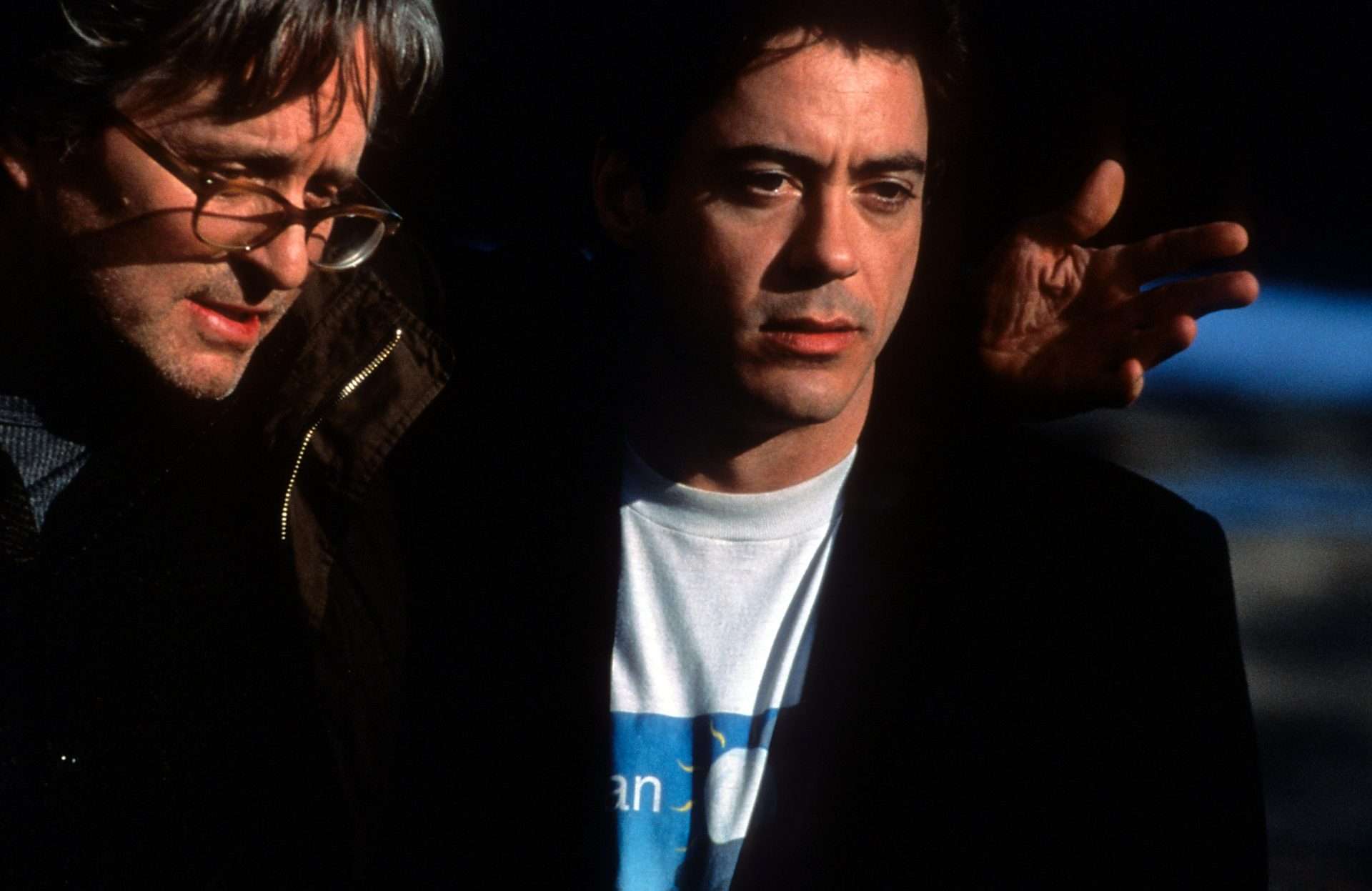
Based on Michael Chabon’s novel of the same name, “Wonder Boys” (2000) follows Grady Tripp (Michael Douglas), a professor of creative writing and the author of the “great American novel” published seven years ago. Since then, he hasn’t been able to complete and publish his follow-up. When the movie opens at the weekend in “late winter,” he becomes prey to a series of misadventures while also forging a bond with James Leer (Tobey Maguire), the titular Wonder Boy author.
What makes “Wonder Boys” very similar to “The Holdovers” is how it captures the campus vibe and the post-graduate arrested development most professors face while living as faculty within the grounds of the campus. How Pittsburgh is utilized as a character is also fascinating, with its inhospitable rainy winter and overall snowy vibe. The relationship between Leer and Grady is quite unconventional, similar to the relationship that develops between Hunham and Angus in “The Holdovers.” The bonds being developed and the dilemma faced by Grady in both his personal and professional life make this movie an enticing and hilarious yet feel-good watch.
2. Merlusse (1935)
The 1935 French comedy-drama, directed by Marcel Pagnol, follows M. Blanchard, a tough teacher at a certain lycee (boarding school) charged with looking after his students during the night of Christmas Eve. The students—orphans as well as the ones left behind for the holidays—look at him unfavorably because of his glass eye and his smelling like cod fish (which is why he is called by the slang “Merlusse”), and his strictness doesn’t help matters. How the night of Christmas Eve and the next day at Christmas affect Blandchard and the rest of his students is the story.
If the above synopsis sounds suspiciously familiar, that is because Alexander Payne takes the framework of Pagnol’s comedy and uses it for the first act of “The Holdovers.” The most striking similarity is in the depictions of Blanchard and Paul Hunham (Paul Giamatti), both in terms of physical as well as behavioral attributes. But “The Holdovers” also shares the same humanist tonality with “Merlusse,” even though the denouement and catharsis are vastly different. At 72 minutes long, “Merlusse” works as a Christmas parable but without the saccharine nature of these sweet Christmas stories. “The Holdovers” too is heartwarming in its own way, but it takes a different route to get to its denouement.
1. The Last Detail (1973)
Hal Ashby’s 1973 hangout film follows two navy men, Baddusky (Jack Nicholson) and Mulhall (Otis Young), as they are assigned a “chickenshit” detail: to escort a young offender, Meadows (Randy Quaid), to prison. En route, the two navy men decide to take the longer route and show Meadows a good time before he is sent to jail for eight years, a punishment that is definitely not proportional to the crime that has been committed.
If “Merlusse” was the framework for the premise of “The Holdovers,” “The Last Detail” is the framework for the look, feel, treatment, and the third act of Payne’s film. Payne is clearly inspired by Ashby’s barely noticeable use of the camera and his overuse of dissolves as transitions. Whether necessary or not, dissolve transitions became a staple of the 1970s era of filmmaking, an era that Payne is not only paying homage to but also painstakingly retreating from. But “The Holdovers” also pays homage to “The Last Detail” in the hangout section of Paul and Angus in Boston during Christmas Eve and the unconventional friendship developing between them.
Like “The Last Detail,” “The Holdovers” doesn’t shy away from commenting on the politics of that time as well as the pervasive cynicism prevalent in America during that era. But while “The Last Detail” felt more kafkaesque and meandering, “The Holdovers” is strongly held by Payne’s narrative framework, and thus there remains a strong focus in the entire proceedings of the film.


